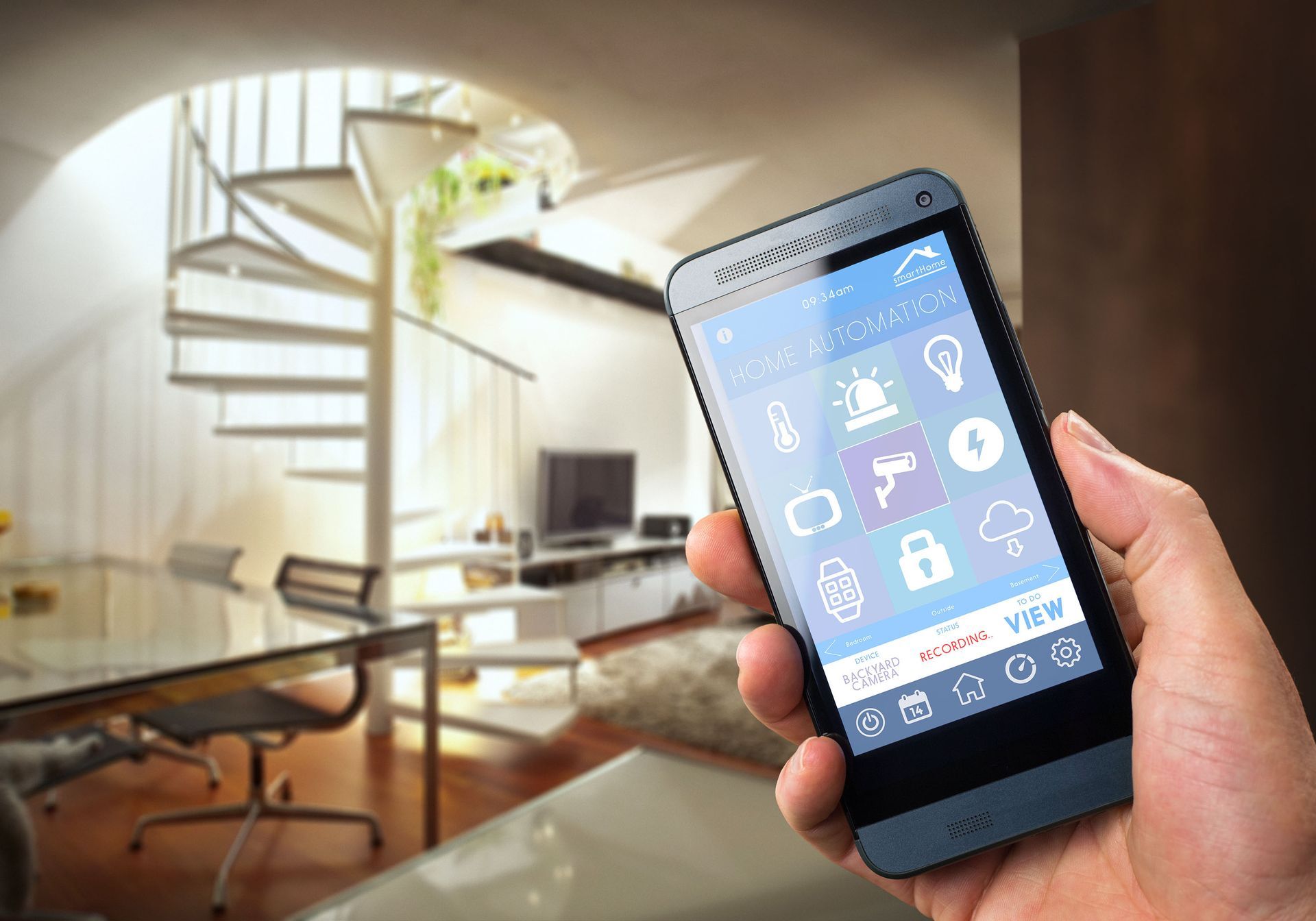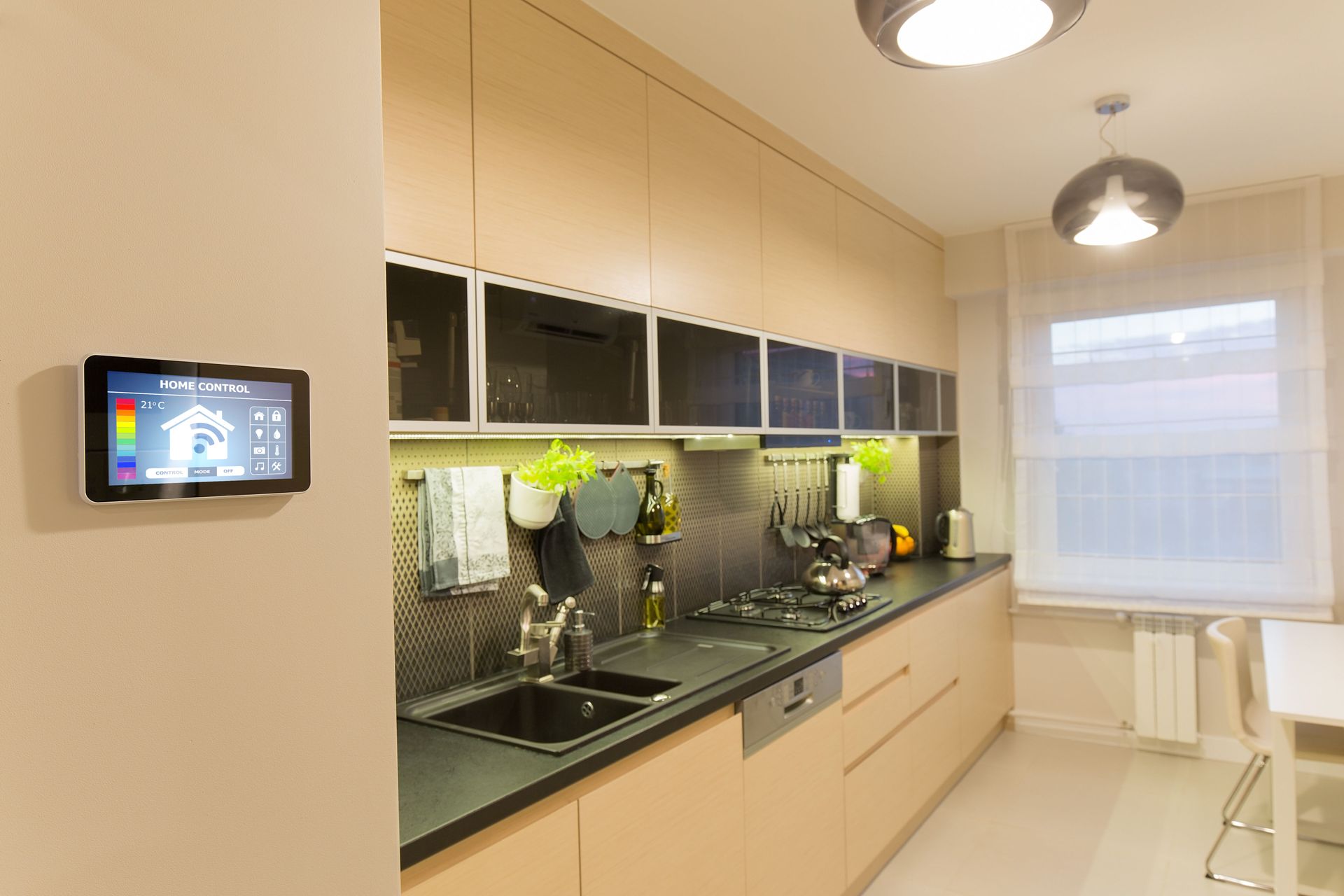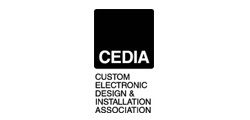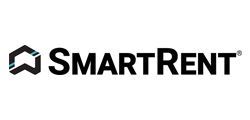October 3, 2025
Smart apartments are rapidly gaining popularity as a transformative trend in urban living, driven by technological advancements. With urban populations increasing, the demand for efficient, comfortable, and integrated living solutions has become more pronounced, paving the way for the rise of smart apartments. These technologically advanced spaces are not just meeting basic needs but are enhancing lifestyles by offering convenience, security, and energy efficiency. With the rapid evolution of smart technologies such as IoT and AI, apartments are being designed to accommodate these advancements, offering futuristic living spaces. This article examines the rise of smart apartments, their benefits, challenges, and their potential future.
The Rise of Smart Apartments: A Technological Perspective
Smart home technology has evolved significantly over the last decade. The advent of the Internet of Things (IoT) has allowed everyday devices to become interconnected, creating a seamless living experience. Initially reserved for luxury homes, smart technologies have now trickled down to user-friendly applications available to everyday consumers. In apartments, these technologies are increasingly integrated, making living spaces responsive and adaptable to the needs of their occupants. Such innovations are revolutionizing the housing sector, setting a new standard in how living spaces are perceived and utilized.
The key components of smart apartments include interconnected devices such as smart thermostats, lighting, locks, and appliances. These components are controlled remotely, often through a single application or voice-command devices, thus simplifying home management and enhancing convenience. Together, they create a cohesive ecosystem where technology works in concert to provide an elevated level of comfort and security. The functionality of these smart components relies heavily on robust wireless networks, which means a strong internet connection is more critical than ever. Integrating these technologies addresses common household challenges and enhances the overall living experience.
Enhancing Security and Safety
Security is one of the primary benefits driving the adoption of smart technologies in apartments. Advanced surveillance systems equipped with smart cameras and sensors provide real-time monitoring and alerts, offering peace of mind to residents. These systems can identify unusual activities and notify the resident or authorities instantly, which is a significant improvement over traditional security systems. Additionally, features such as facial recognition and video analytics enhance the accuracy and responsiveness of security measures. The integration of these technologies creates safer environments, directly addressing concerns of personal safety and property protection.
Smart locks and access control systems further heighten security by offering keyless entry through biometric and app-based authentication. This technological innovation reduces the risk of unauthorized access and eliminates vulnerabilities associated with lost or copied keys. Moreover, residents have the flexibility to grant temporary access to trusted visitors through mobile apps, enhancing convenience without compromising security. The transition to smart locks denotes a shift towards proactive access management strategies, reinforcing security as a dynamic and adaptable aspect of apartment living. The confidence in such systems is evidenced by a high level of satisfaction among residents; according to CE Pros, 83% of residents of multi-dwelling units with smart home devices are satisfied or highly satisfied.
Energy Efficiency and Sustainability
Smart energy management systems are at the forefront of driving sustainability in smart apartments. By leveraging sensors and AI, these systems monitor and optimize energy use, ensuring that resources are only used when necessary. This can lead to significant reductions in utility bills, as lights, heating, and cooling are automatically adjusted based on occupancy and preferences. As energy efficiency becomes more prominent, these systems play a crucial role in reducing the overall carbon footprint of residential buildings. Moreover, tenants gain greater control over their energy consumption, contributing to a sustainable living environment.
Reducing the carbon footprint through smart technologies aligns with global sustainability goals. Apartments equipped with smart meters provide real-time insights into energy usage, fostering more conscious consumption among residents. Furthermore, smart appliances that adapt to off-peak energy hours support grid stability while reducing environmental impact. As cities evolve toward environmentally sustainable models, smart apartments serve as exemplars of ecologically conscious urban living. These advances showcase a future where technology is a key player in attenuating climate change and promoting green living in urbanized areas.
Improving Comfort and Convenience
Smart home automation lies at the heart of the comfort that smart apartments offer. From the ability to control temperatures to customizing lighting settings, automation enables residents to tailor their living spaces according to their preferences. Such autonomous environments enhance lifestyle by maximizing comfort and reducing time spent on mundane tasks. Integration of services like smart speakers and voice assistants further simplifies interaction with home systems, making daily routines more efficient. This accessibility aligns well with the modern demand for convenience-oriented living spaces.
Personalized living spaces represent a breakthrough in residential technology, as they adapt and evolve according to individual needs and preferences. With smart technology, spaces become intuitive, responding to inhabitants' habits and providing personalized experiences, such as adjusting lighting based on the time of day or setting reminders for household chores. This level of personalization significantly enhances the living experience, making smart apartments not just a place to live but a space that understands and caters to its occupants. The appeal of such adaptive spaces is reflected in the growing demand for apartments with integrated smart technologies, pointing towards a future where buyers and renters prioritize adaptability in their housing choices.
Financial and Economic Implications
For property developers, the cost-benefit analysis of implementing smart technology is paramount. While the initial investment in such technology can be substantial, the long-term benefits often justify the cost. Smart apartments can command higher rents and sales prices, providing a significant return on investment. Moreover, operational efficiencies achieved through automation of maintenance and energy management can lead to reduced costs over time. This financial viability makes smart apartments an attractive prospect for developers looking to future-proof their investments against changing market demands.
In real estate markets, smart technology adds tangible and perceived value. Properties equipped with smart features are often perceived as more modern and desirable, which can drive up market value. This enhanced appeal does not just attract tech-savvy millennial buyers but appeals to a broad demographic seeking convenience and efficiency. Furthermore, as consumers become increasingly aware of the environmental impact of their choices, properties that boast smart, sustainable features are likely to retain and even increase their market value. Thus, integrating smart technology becomes a strategic advantage in competitive real estate markets.
Societal Impact and Future Directions
The advent of smart apartments is changing lives and lifestyles in ways that align with modern technological trends. As these technologies continue to advance, residents enjoy heightened living standards characterized by convenience, security, and increased efficiency. This convergence of technology and living also enables new lifestyle choices, such as remote working, by accommodating the needs for enhanced connectivity and adaptable spaces. However, this digital transformation also prompts broader societal debates around surveillance, data privacy, and the digital divide. Remaining mindful of these challenges can ensure that the deployment of smart technologies unequivocally contributes to the betterment of society.
Smart apartments have the potential to bridge the digital divide by providing access to essential services and technologies previously out of reach for many. By integrating affordable smart devices and connectivity solutions, developers can extend technological benefits to underserved populations. However, achieving this equity requires collaborative efforts from tech companies, policymakers, and communities. These efforts can also address the challenges posed by rapidly advancing technologies where variance in access could exacerbate societal inequalities. As smart apartments become more commonplace, ensuring equitable access will be crucial to maximizing their societal benefits.
Smart apartments represent a significant step forward in the evolution of urban living, offering extensive benefits that reshape living environments. These benefits span multiple domains, including technological innovation, energy efficiency, security enhancement, and economic impacts. As these technologies continue to evolve, they hold the potential to address pressing challenges such as climate change, resource scarcity, and housing affordability. Nonetheless, achieving the transformative potential of smart apartments requires navigating ongoing challenges related to privacy, access, and societal equity. Solutions to these challenges will ensure that the benefits of integrating smart technology into residential life are broadly and equally distributed. If you're looking for smart apartment solutions, contact Bandera Network today.













